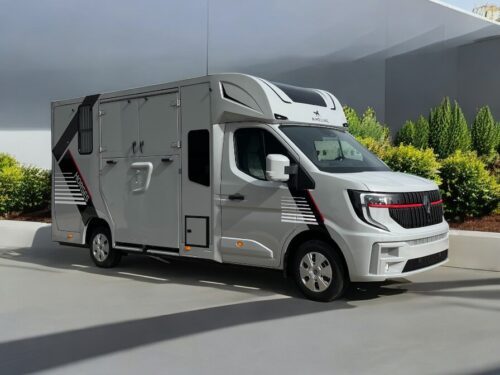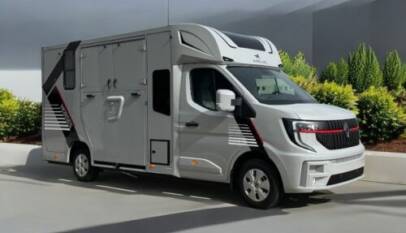The Significance Of Driver Comfort And Living Quarters In Long-Haul Horse Transport
The Significance Of Driver Comfort And Living Quarters In Long-Haul Horse Transport
Long-distance horse transport includes a constant need for attention to both vehicle performance and animal welfare. While much focus is placed on horse safety and stable consciousness, the driver’s compartment determines the overall smoothness of the journey. A comfortable and functional cabin reduces fatigue, improves focus and ensures better care through travel.
Here, we’ll explore how drivers’ comfort influences the efficiency, safety and overall transport duration of horse trucks.
Needs of Long-Haul Horse Transport
Long-haul transportation of horses implies a lot of time on the road, rest time regulations and handling of delicate animals. Because of this, drivers are directly exposed to stressful circumstances and physical fatigue, which may affect road safety. Quality horse trucks are constructed taking into consideration these facts, which include ergonomic aspects, well-developed cabin insulation, and sound damping to reduce distraction.
The Role of Ergonomics in Driver Comfort
The extent to which long-haul horse transport is done safely and efficiently directly depends on ergonomic comfort. All the design features are meant to ease stress and improve posture, and to assist in maintaining focus behind the wheel.
The important ergonomic characteristics are as follows:
- Adjustable seat system: The drivers will have the opportunity to adjust the seat height, tilt, and lumbar support to remain comfortable during extended periods.
- Adequate legroom: Adequate cabin space can facilitate movements and stretchability of drivers who may be on a long route.
- Dual-zone climate control: Keeps the temperature balanced so that there is consistent concentration during different weather patterns.
- Vibration absorbing mounts: Shock absorption on the uneven ground, bumps, voids of the spine and joints of the driver.
- Noise insulation: The quieter cabin has decreased tension, and the driver is able to remain calm about the sensitive horses.
- Practical dashboard layout: All the controls are in the natural reach zone, which reduces distraction and reaction time.
- Organised storage compartments: Favourable placement of necessities makes the cabin clean and useful during long travel.
Residential Space
The living space in the truck in the contemporary horse transport has become a multi-purpose space enabling drivers to rest, eat, and recuperate. Spacious bedding rooms, small kitchens, and temperature control units allow the much-needed rest when it is time to have a scheduled break. Such amenities are now being incorporated into the design of many horse boxes for sale by finding a balance between functionality and comfort.
How Driver Well-Being Influences Animal Welfare?
A relaxed and rested driver makes a direct contribution to handle the vehicle, and the driving experience becomes more stable. Horses are very sensitive to movement and human emotion, and therefore, driver fatigue is a very subtle but serious welfare risk.
Final Thoughts
Comfort to drivers and quality living quarters determine safety, convenience, welfare and performance. Human experiences and animal experiences can be improved if drivers have ergonomic cabins and comfortable bays in horse trucks. The most efficient horse transportation systems combine comfort, functionality, and horse durability to ensure safe travels on all occasions.
Common Myths About Korean Plastic Surgery-Debunked
When people hear about the best Korean plastic surgery, they often picture dramatic transf…








